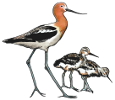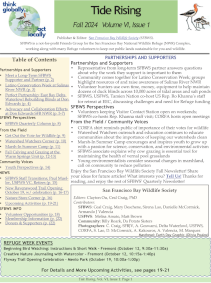Recovery Plan for Tidal Marsh Ecosystems of Northern and Central California

Geographic Scope of the Tidal Marsh Ecosystem Recovery Plan that addresses endangered and threatened species of tidal marshes in California from Humboldt Bay to Morro Bay. Courtesy USFWS.
U.S. Fish and Wildlife Service proposed today the largest ever tidal marsh recovery effort attempted on the west coast of the United States, a plan that could cost $1.24 billion over 50 years and involve multiple federal, state and non-profit agencies.
The plan aims to restore several endangered species to a healthy enough condition that they no longer need the protection of the Endangered Species Act. These species are found predominantly in the tidal marshes running along 500 plus miles of the California coastline.
Their populations are threatened by habitat loss, population fragmentation, altered hydrology and salinity, non-native invasive species, predator attacks, disturbance, contamination, and sea level rise due to climate change.
The plan, officially called the Recovery Plan for Tidal Marsh Ecosystems of Northern and Central California (TMRP), recommends actions to recover certain species to the point where they can be downlisted or removed from the endangered species list. The plan targets six endangered species, eleven imperiled species and six associated species. The aim is to involve the public in the recovery plan and guide the effort by providing estimates of the time and costs necessary to implement the recommended actions.
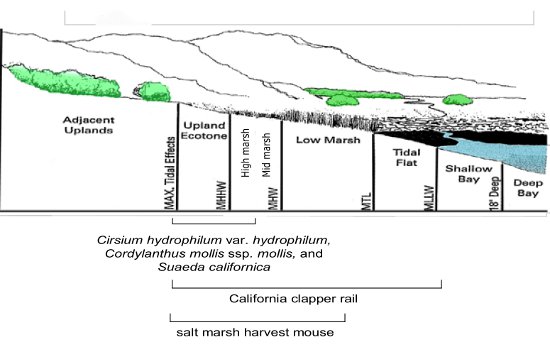
Distribution of listed species covered in the recovery plan along the tidal gradient. Courtesy USFWS.
The recovery plan does not come with associated funding and is entirely voluntary in nature. It was first proposed as a draft in 2010. Following a 120-day period in which public comments were solicited, the plan was finalized with input from many individuals, agencies, and organizations.
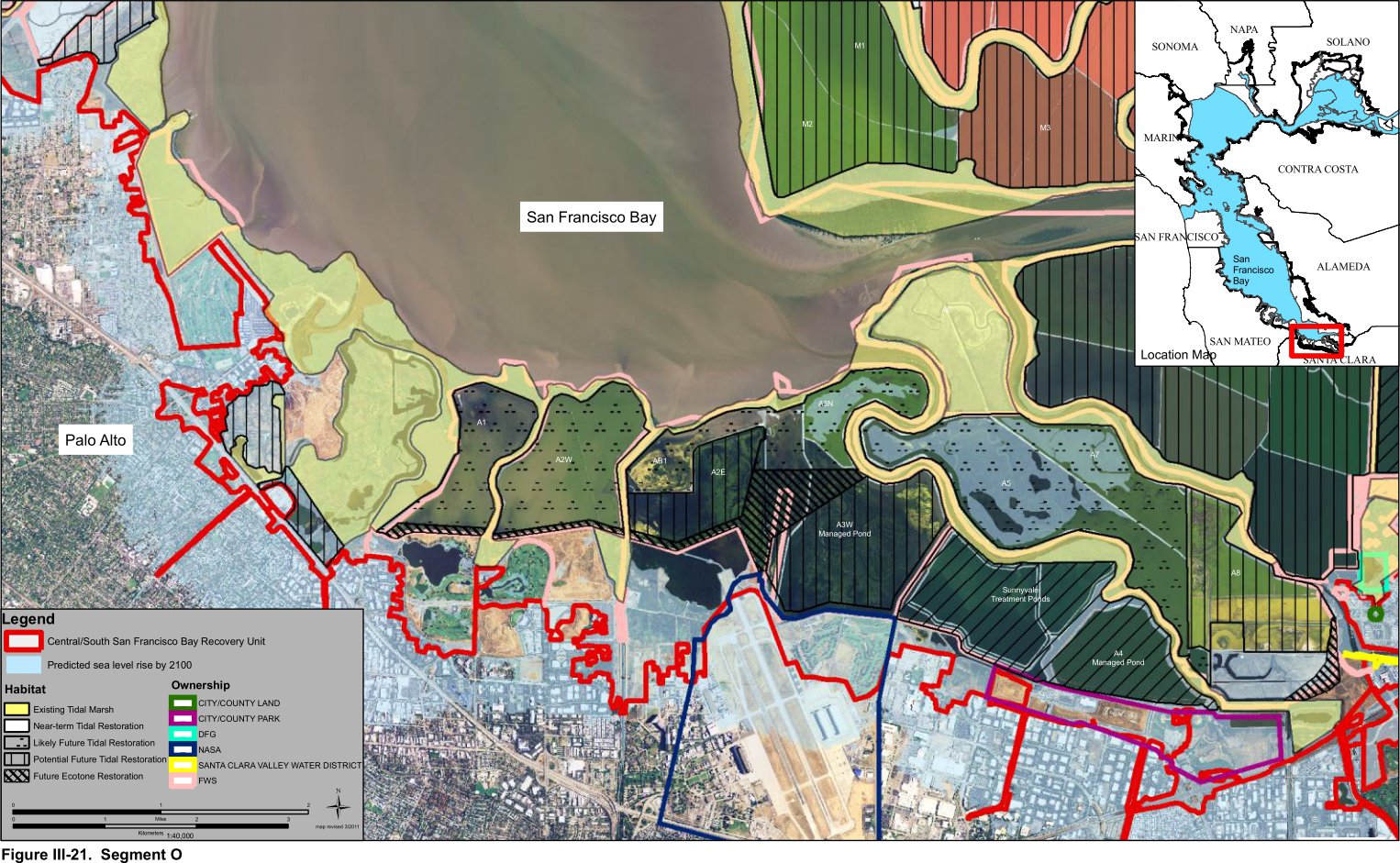
Segment O of the restoration map showing endangered species habitat along the southern part of San Francisco Bay along with land ownership distribution and predicted sea level rise by year 2100. Courtesy USFWS.
The plan is dedicated to Philip and Florence LaRiviere, and Frank and Janice Delfino, cofounders of the Citizens’ Committee to Complete the Refuge, and tireless activists for the protection and recovery of the tidal marsh ecosystem of the San Francisco Bay.

Philip and Florence LaRiviere. Courtesy USFWS.

Frank and Janice Delfino. Courtesy USFWS.
Endangered species
- California clapper rail (Rallus longirostrus obsoletus)
- salt marsh harvest mouse (Reithrodontomys raviventris)
- California sea-blite (Suaeda californica)
- soft bird’s-beak (Cordylanthus mollis ssp. mollis)
- Suisun thistle (Cirsium hydrophilum var. hydrophilum)
- salt marsh bird’s-beak (Corylanthus maritimus ssp. maritimus)
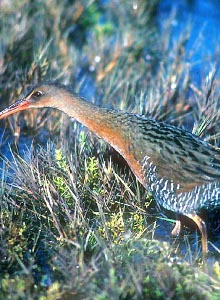
California clapper rail
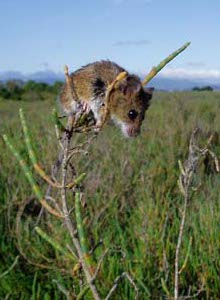
salt marsh harvest mouse
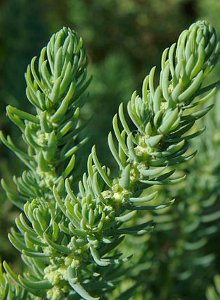
California sea-blite
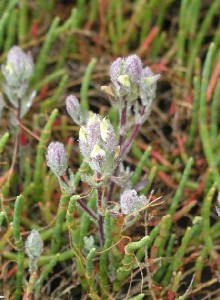
soft bird’s-beak
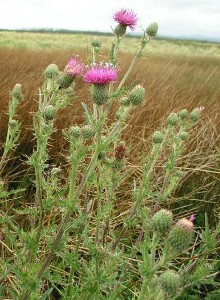
Suisun thistle
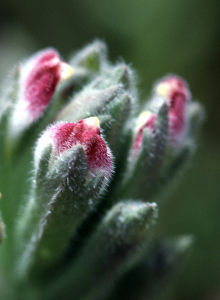
salt marsh bird’s-beak
Imperiled species
- salt marsh wandering shrew (Sorex vagrans halicoetes)
- Suisun shrew (Sorex ornatus sinuosus)
- San Pablo vole (Microtus californicus sanpabloensis)
- California black rail (Laterallus jamaicensis coturniculus)
- San Pablo song sparrow (Melospiza melodia samuelis)
- Alameda song sparrow (Melospiza melodia pusillula)
- Suisun song sparrow (Melospiza melodia maxillaris)
- salt marsh common yellowthroat (Geothlypis trichas sinusus)
- old man tiger beetle (Cicindela senilis senilis)
- delta tule pea (Lathyrus jepsonii ssp. jepsonii)
- Pacific cordgrass (Spartina foliosa)
Associated species
- western snowy plover (Charadrius alexandrinus nivosus)
- California least tern (Sterna antillarum browni)
- tidewater goby (Eucyclogobius newberryi)
- delta smelt (Hypomesus transpacificus)
- Chinook salmon (Oncorhynchus tshawytscha)
- steelhead (Oncorhynchus mykiss irideus)
